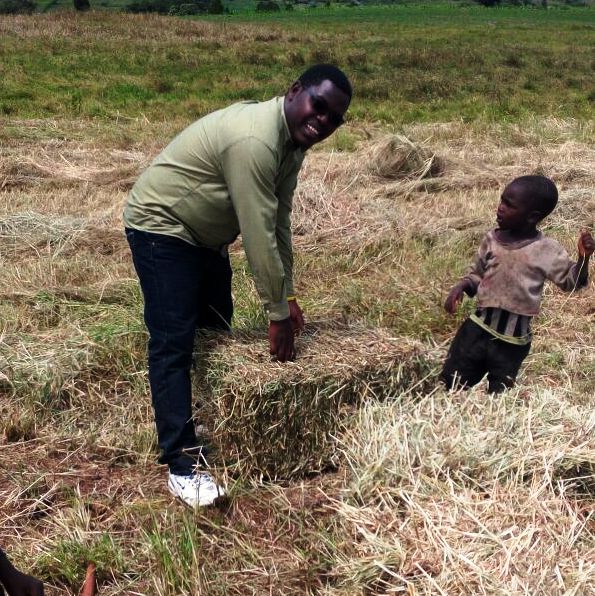Smallholder farmers can conserve excess forage during this rainy season by making hay to be used during the dry season in a bid to cushion their animals from starvation and ensure consistent milk production throughout the year.
In January last year for instance, 1500 heads of cattle died in Kerio Valley, Baringo County due to lack of pasture and water attributed to prolonged drought that started in 2016.
To curb this, farmers can capitalize on excess grass on their farms to conserve fodder for improved animal nutrition during the dry season.
Hay is fodder conserved in dry form (when at high nutritive value stage) and is usually made from grasses that are harvested at early flowering stage.
Related
Silage making method for smallholder farmers
Nandi farmer increases milk yields fourfold with silage technology
Polythene bag silage technology for increased milk yield
Pit hay making is a cheap method of preparing hay for dry season feeding at small-scale farm level as it utilizes locally available materials such as a machete, hoe, sisal twines and wooden pegs amongst others.
Before digging a hay pit, the Kenya Agricultural and Livestock Research Organization recommends that farmers can select a site in a well-drained ground near a grass field.
He or she can then dig a pit measuring 70 by 45 by 40cm. The pit is then lined with a polythene sheet to avoid direct contact of grass and the soil.
Cut grass at the early flowering stage, at least five centimeters above the ground for better re-growth. Spread the grass under shade for two to three days depending on the weather and let it wilt. Direct drying on the sun is not recommended as it lowers quality.

Geoffrey Rono, a Narok based farmer explaining how to make hay. Photo: Courtesy.
Take the sisal twine in double strands and first put it across the 70 cm length ensuring that the strands exceed the 70 cm length to make it easy to tie the hay bale. Put the second double strands across the 45 cm width to make sure the strands exceed the 45 cm width to make it easy to tie the hay bale and then fill the pit with wilted grass, compressing firmly by stepping on it, to take the shape of the pit up to the top.
Tie the loose ends of the sisal earlier put in the pit lengthwise and width wise and lift the tied hay bale out of the hay pit and store in a cool dry place free of moisture, sunshine, rodents and termites Repeat the process until all the materials are finished.
















Comments powered by CComment